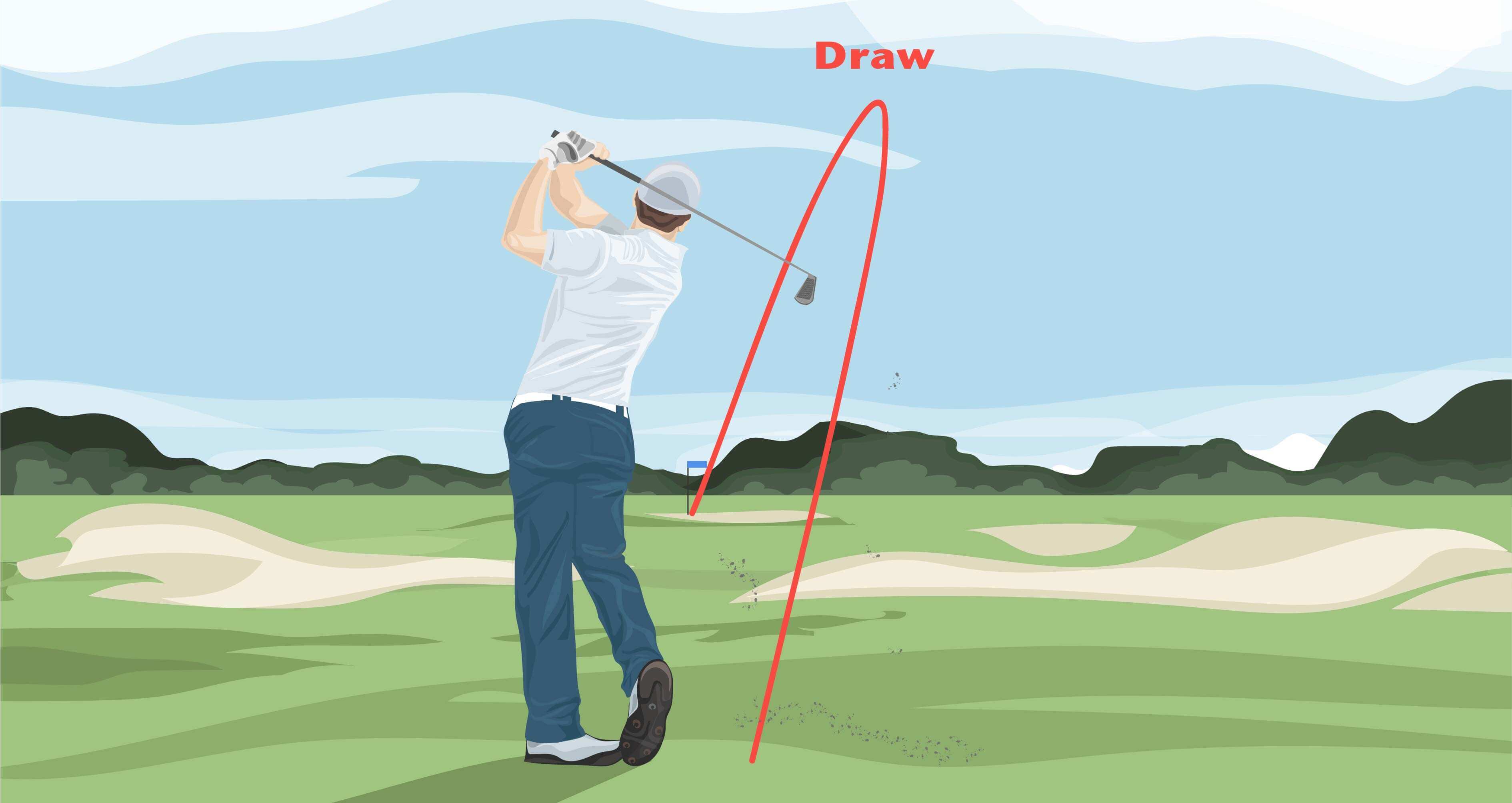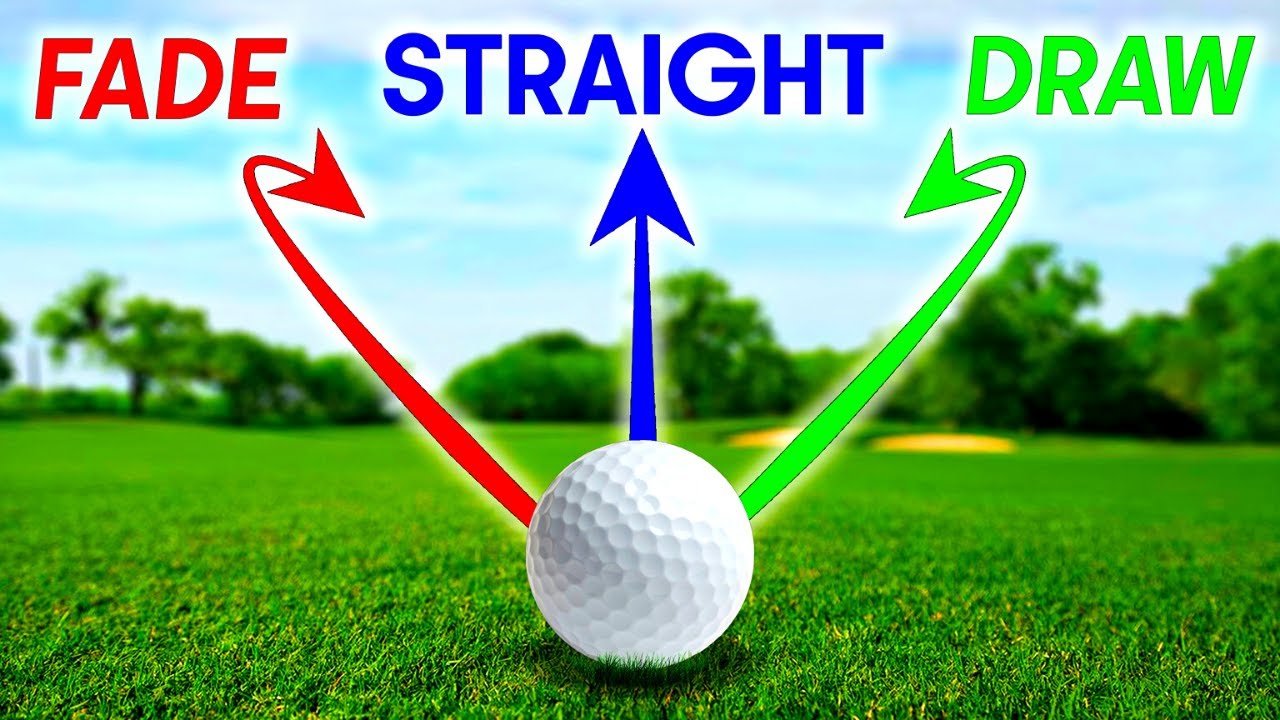Okay, let’s talk about this whole “draw” thing in golf. I remember hearing folks on the course or buddies talking about hitting a draw, and for a while, I just nodded along. Didn’t really get it, you know? Sounded fancy.

My First Tries and Getting it Wrong
So, I went out to the range. My first thought was, “Okay, draw… means it curves, right?” I figured I just needed to kind of… roll my wrists over really hard when I hit the ball. Seemed logical enough. Well, let me tell you, that didn’t exactly produce a nice, gentle curve. Most of those shots went snap-hooking way left, like, into the next county. Others just sort of went straight, maybe a little lower than usual. It was frustrating. I wasn’t controlling anything, just flailing.
I asked one of the older guys I sometimes play with. He chuckled and said, “Nah, son, you’re trying to force it. A draw is softer than that hook you’re hitting.” That got me thinking. It wasn’t about yanking the clubface shut.
Figuring Out the Real Deal
So I spent some time just watching better players, reading a bit online, and mostly just hitting ball after ball. I realized a draw, for a right-handed player like me, is supposed to be a shot that starts a little bit to the right of your target and then curves gently back towards it, landing pretty much where you aimed. It’s controlled. It’s not that wild hook I was producing earlier.
The key difference, I found out, was subtle. It wasn’t about slamming the clubface shut at impact. It was more about the path the club travels on and where the face is pointing when it hits the ball.
Hitting the Range: The Practice Grind
Alright, back to the range with this new idea. Here’s what I started doing:

- Setup Tweak: I tried aiming my feet and body slightly to the right of my target. Just a little bit. But then, I aimed the clubface directly at the target. Felt weird at first.
- Swing Thought: My main thought became swinging the club more from the inside towards the outside. Imagine swinging out towards first base (if home plate is the ball). Before, I think I was swinging more across my body, or ‘out-to-in’.
- Keeping it Smooth: I really focused on not forcing that wrist roll. Just letting the club release naturally through the ball because of the setup and swing path.
Man, it took a while. Lots of shots still went straight. Some still hooked when I got too handsy. But slowly, maybe one out of ten shots started doing it – starting right, then gently bending back towards the target flag. It was a great feeling when it worked!
Why Bother?
You might ask why I even spent time on this. Well, once I started getting the hang of it, I saw the point. Sometimes a hole curves left, or there’s a tree you need to get around. Being able to shape the ball like that gives you options. Plus, folks say a draw can sometimes roll out a bit further than a fade (the opposite shot, left-to-right). I haven’t measured precisely, but it feels like it might.
So, yeah. That’s my journey figuring out what a “draw” means in golf. It wasn’t some magic trick, just understanding the mechanics – club path, face angle – and then putting in the practice time. It’s basically that controlled right-to-left shot shape (for us righties) that looks pretty cool when you pull it off.